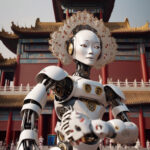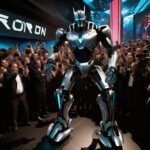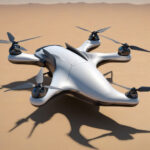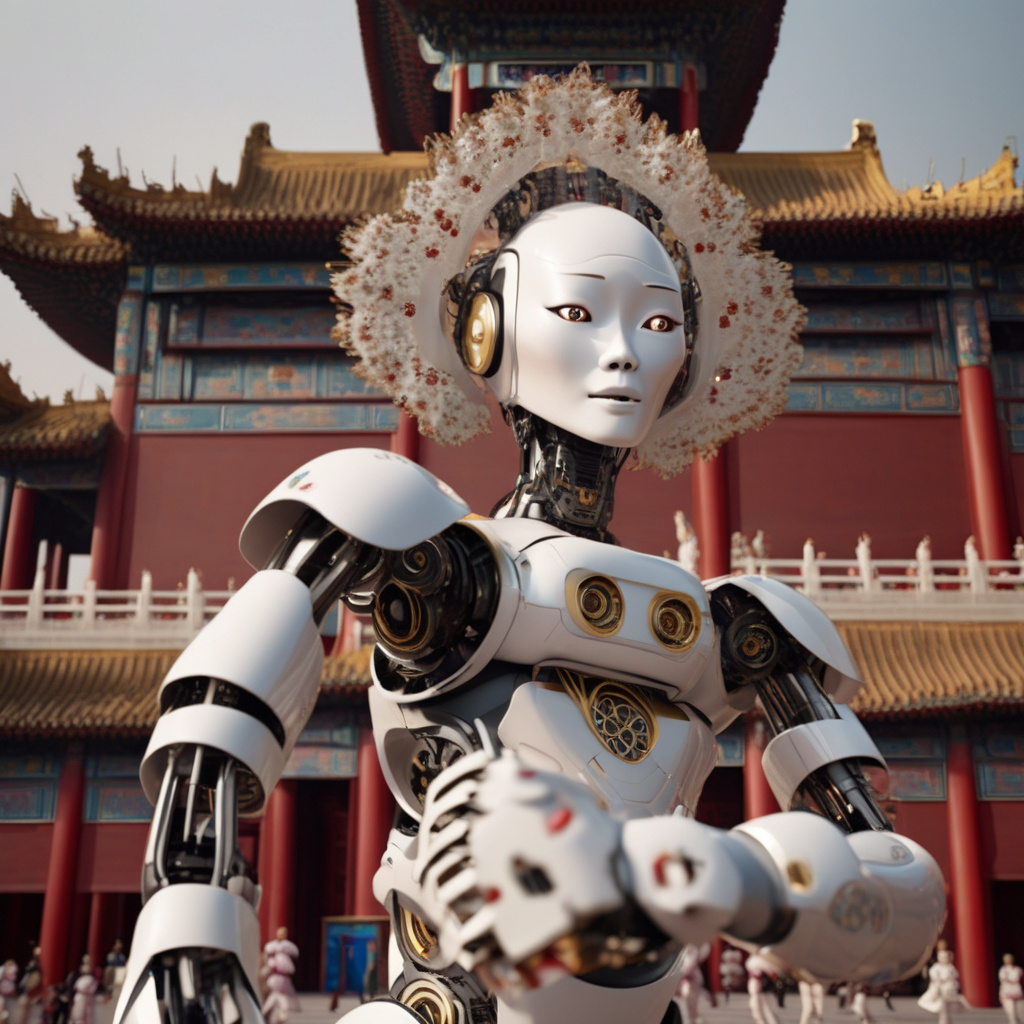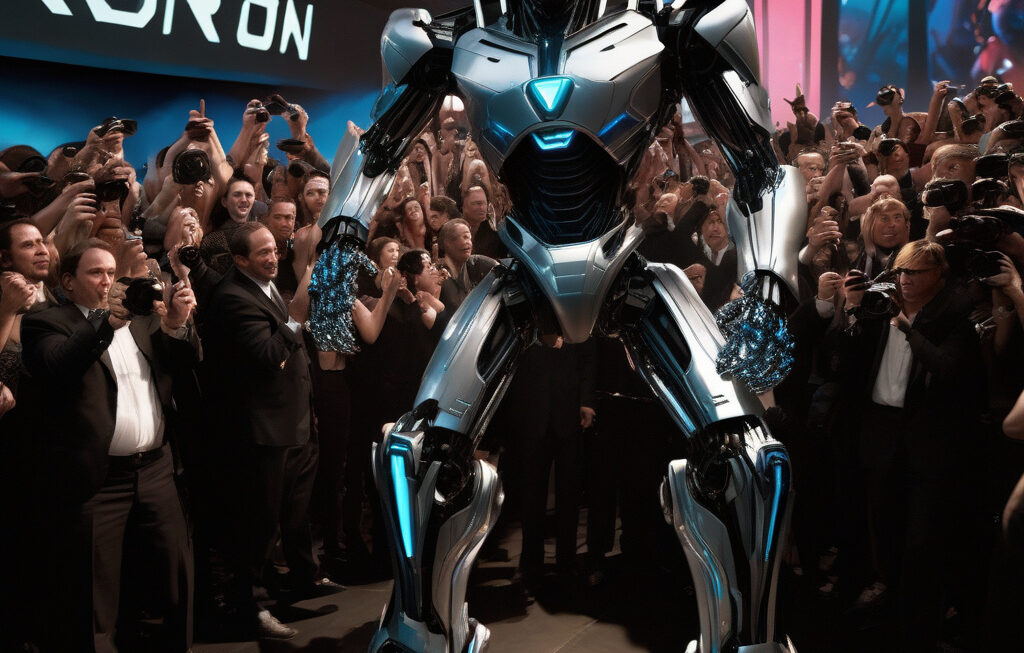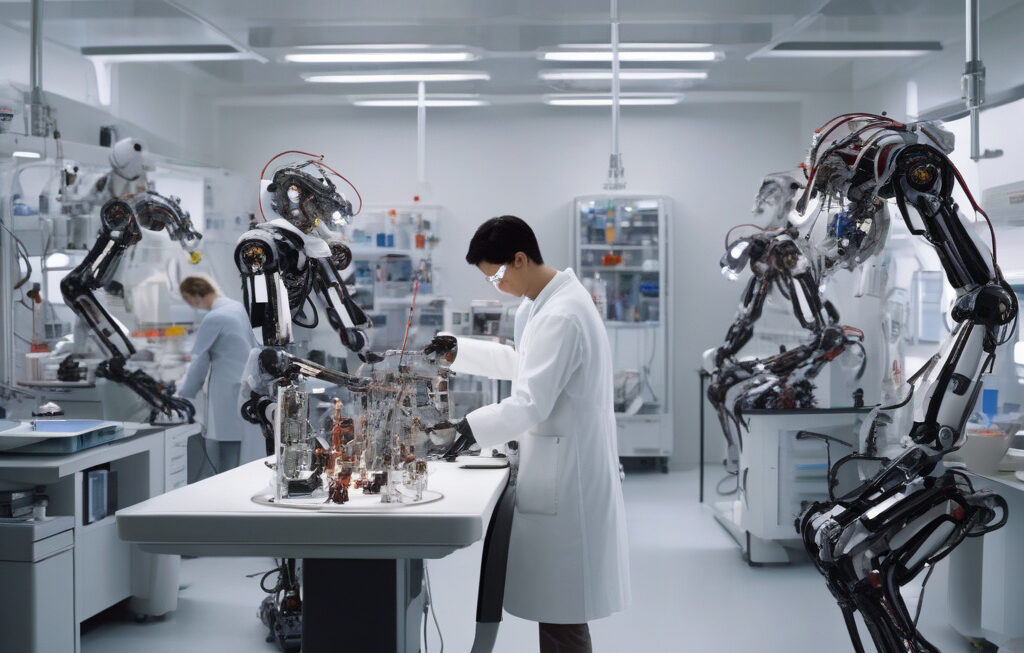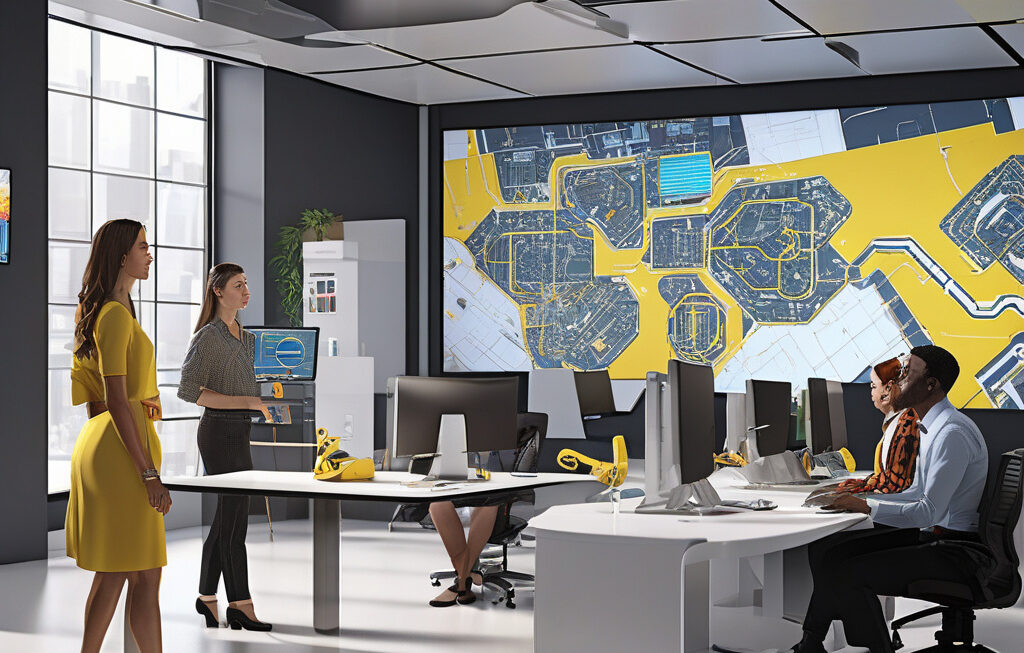Chinese Humanoid Robot Oli: Redefining Cultural Exchange Through Classical Dance
A robotics company in Shenzhen, China’s thriving innovation hub, blurs the boundaries between art and technology with its latest creation – the humanoid robot Oli. This cutting-edge robot is not only a marvel of engineering but also a testament to the seamless integration of robotics in the realm of performing arts. In a groundbreaking display of cultural fusion, Oli has been captivating audiences worldwide by performing classical dance alongside human dancers at iconic cultural sites.
The fusion of robotics and classical dance may seem like an unlikely pairing at first, but Oli has proven that innovation knows no bounds. With its sleek metallic exterior and fluid movements, Oli embodies the perfect blend of traditional artistry and modern technology. Designed to mimic the grace and precision of human dancers, Oli moves with a level of sophistication that is truly mesmerizing to behold.
One of the most remarkable aspects of Oli’s performances is its ability to adapt to different cultural settings. Whether it is performing a traditional Chinese dance at the Great Wall of China or a classical ballet at the Palais Garnier in Paris, Oli seamlessly integrates into its surroundings, bridging the gap between diverse cultural heritages. This ability to transcend cultural boundaries through dance is a testament to the power of technology in facilitating global dialogue and understanding.
Beyond its technical prowess, Oli also serves as a symbol of innovation and creativity in the field of robotics. By pushing the boundaries of what is possible, Oli inspires us to reimagine the role of technology in the arts and opens up new possibilities for creative expression. As the lines between man and machine continue to blur, Oli stands at the forefront of a new era of artistic collaboration, where humans and robots work together to create something truly extraordinary.
The impact of Oli’s performances goes beyond mere entertainment; it serves as a reminder of the endless possibilities that arise when we embrace innovation and embrace collaboration. By breaking down barriers and defying expectations, Oli challenges us to rethink our preconceived notions of what is achievable in the realm of art and technology. In doing so, Oli paves the way for a future where creativity knows no bounds and where cultural exchange knows no limits.
In conclusion, the Chinese humanoid robot Oli’s performances of classical dance with humans across cultural sites are a testament to the transformative power of technology in the arts. By seamlessly blending tradition and innovation, Oli not only dazzles audiences with its mesmerizing performances but also sparks important conversations about the role of technology in shaping our cultural landscape. As we witness Oli gracefully dance across cultural boundaries, we are reminded of the boundless potential for creativity and collaboration in an increasingly interconnected world.
robotics, innovation, cultural exchange, classical dance, technology_integration

